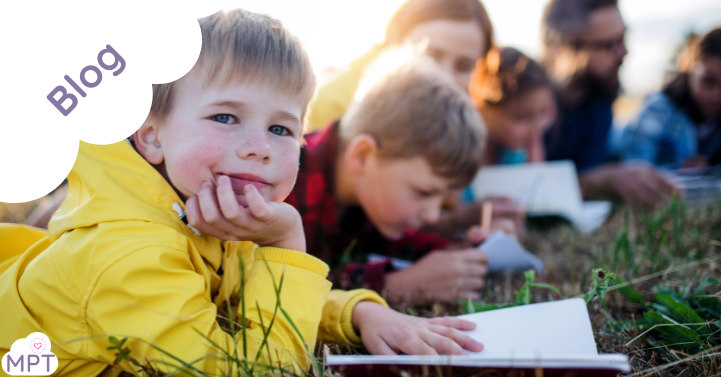What Is Outdoor Learning in Schools? A Comprehensive Guide
Outdoor learning is an educational approach that extends beyond the traditional classroom, utilising natural environments to enhance student engagement, well-being, and academic achievement. This method encompasses a range of activities, from structured lessons in school gardens to exploratory sessions in local parks, aiming to provide holistic development opportunities for students.
Defining Outdoor Learning
Outdoor learning refers to the practice of teaching and learning in outdoor settings, where the natural environment is integrated into the educational experience. According to the Institute for Outdoor Learning, it “covers the acquisition or refinement of specific knowledge and skills as well as the sometimes more subtle changes in behaviours and attitudes that can lead to increased health and wellbeing, and environmental awareness”
This approach is not limited to environmental education but spans various subjects, including mathematics, science, literacy, and the arts. By moving lessons outdoors, educators can provide students with experiential learning opportunities that foster curiosity and a deeper connection to the subject matter.
Benefits of Outdoor Learning
1. Enhanced Academic Performance
Engaging with the natural environment has been shown to improve concentration, motivation, and overall academic performance. Studies indicate that students participating in outdoor learning activities exhibit better information retention and increased enthusiasm for learning.Children & Nature Network
2. Improved Mental Health and Well-being
Regular exposure to outdoor settings can reduce stress, anxiety, and symptoms of depression among students. The calming effect of nature, combined with physical activity, contributes to better emotional regulation and resilience .
3. Development of Social and Personal Skills
Outdoor learning often involves collaborative tasks that promote teamwork, communication, and leadership skills.Activities such as group projects and problem-solving challenges help students build confidence and interpersonal relationships .
4. Physical Health Benefits
Outdoor activities encourage physical movement, contributing to improved fitness levels, motor skills, and overall health.Incorporating physical tasks into learning can also enhance students’ engagement and energy levels .
5. Environmental Awareness and Stewardship
By interacting with natural environments, students develop a greater appreciation for nature and an understanding of ecological systems. This awareness fosters responsible behaviours and a commitment to environmental conservation.
Implementing Outdoor Learning in Schools
1. Curriculum Integration
Educators can align outdoor activities with curriculum objectives, ensuring that outdoor learning complements and enhances traditional lessons. For example, a science lesson on plant biology can be conducted in a school garden, providing hands-on experience.
2. Utilising School Grounds and Local Areas
Schools can make use of existing outdoor spaces, such as playgrounds, gardens, and nearby parks, to facilitate outdoor learning. These areas can be adapted to serve as extensions of the classroom, offering diverse learning environments.
3. Professional Development for Educators
Providing teachers with training and resources on outdoor learning strategies ensures effective implementation. Workshops and collaborative planning sessions can equip educators with the skills needed to design and lead outdoor lessons .
4. Engaging the Community
Involving parents and community members in outdoor learning initiatives can enhance the educational experience.Community partnerships may offer additional resources, expertise, and support for outdoor programs.
Challenges and Considerations
While outdoor learning offers numerous benefits, schools may encounter challenges such as:
-
Weather Conditions: Unpredictable weather can disrupt outdoor activities. Schools should have contingency plans and appropriate clothing policies to mitigate this issue.
-
Safety Concerns: Ensuring student safety in outdoor settings requires risk assessments and clear guidelines. Proper supervision and training are essential.
-
Resource Limitations: Some schools may lack access to suitable outdoor spaces or materials. Creative solutions and community partnerships can help overcome these limitations.
Conclusion
Outdoor learning is a dynamic and effective educational approach that enriches the learning experience by connecting students with the natural world. By incorporating outdoor activities into the curriculum, schools can foster academic achievement, personal growth, and environmental stewardship. Embracing outdoor learning requires thoughtful planning and collaboration, but offers profound benefits that extend beyond the classroom.
For further information and resources on implementing outdoor learning in schools, consider exploring the following:


